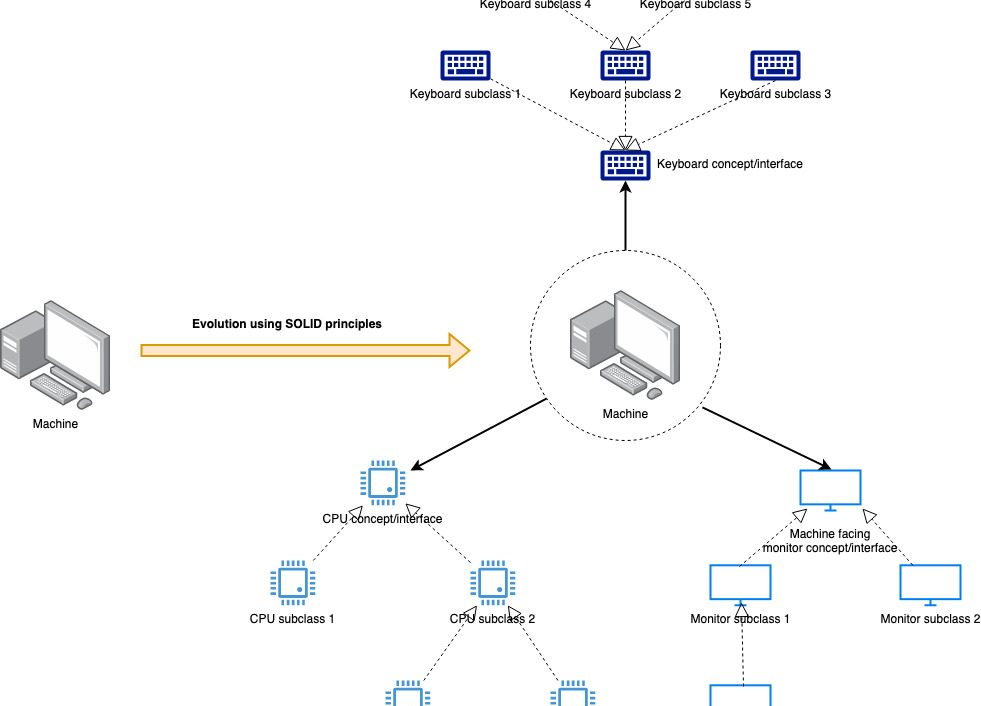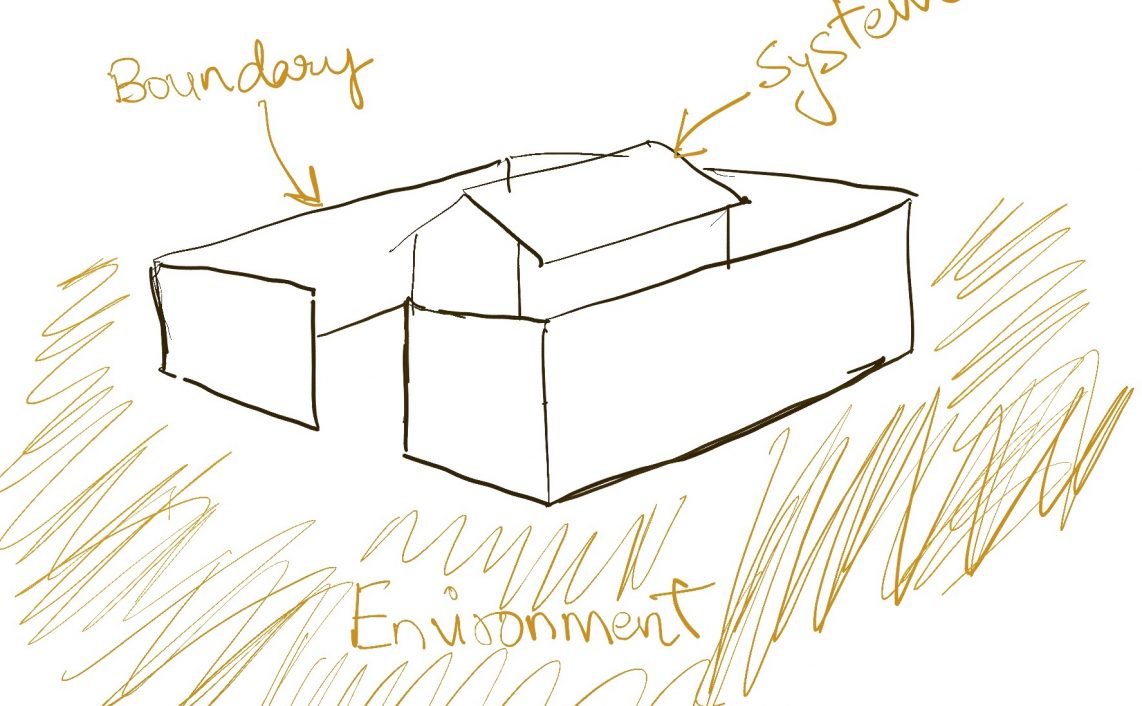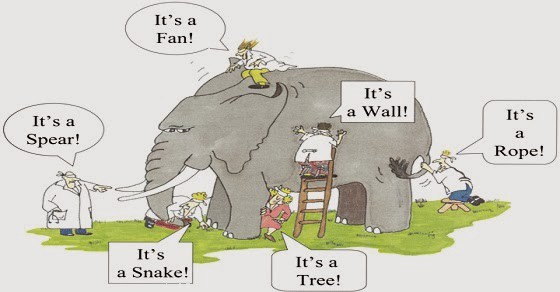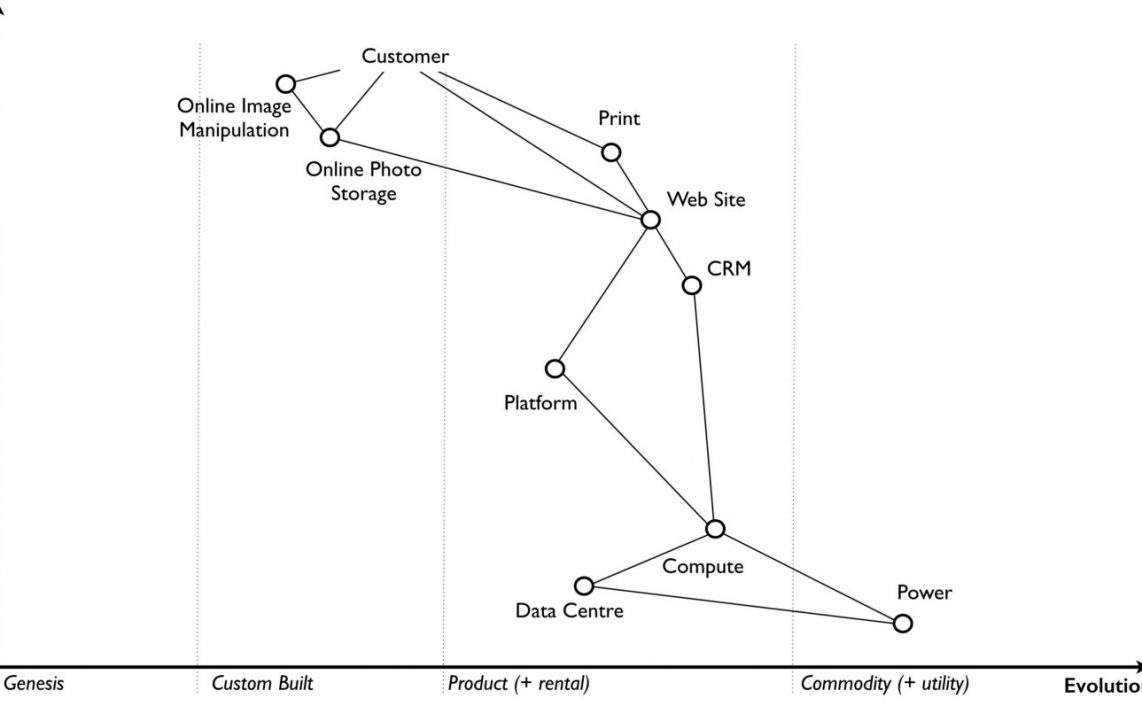
I have recently started getting interested in systems thinking. I got started in this field by Donella Meadows’ “Thinking in System” which was great. And a few weeks ago I discovered Dr. Russell Ackoff (Hat tip to Trond Hjorteland for that). His genius for telling stories and correlating these funny stories back to a systemic view of the world is as good as anything I have ever come across.
There are a lot of videos of him explaining systems and management etc on Youtube, but like a lot of old-time proponents of a specific topic, many of them carry similar explanations, examples, and deductions. So I thought I will summarize and condense a few of the most “academic” of these videos to bring out the common and prominent ideas.
I absolutely recommend that you listen to the original lectures because these notes do not convey the richness of thought, expression, and experience that the lectures contain. I only hope to give you a quick boost in terms of ideas before you have to decide to commit ~4 hours of time. I have spent ~20 hours over the last two weeks listening to Russell Ackoff and I do not regret it one bit.
A system is a whole that is defined by its function(s) in a larger system of which it is a part and that consists of at least 2 parts without which it cannot fulfill its defining function
- Ways of solving a problem:
- Absolution: Ignore the problem and hope it will go away
- Resolution: Solving the problem based on prior experience and qualitative judgment. This is “satisficing” – doing enough that is better than nothing. But this can cause further problems which are often more complicated than the original problem.
- Dissolution: Redesign the system to remove the problem
- A system is a whole that is defined by its function(s) in a larger system of which it is a part and that consists of at least 2 parts without which it cannot fulfill its defining function
- The essential parts of a system must satisfy 3 conditions:
- Each essential part can affect the behaviour or properties of the whole
- No essential part has an independent effect on the whole
- Each subset of parts can have an effect on the whole but not an independent effect.
- The essential characteristics of a system depend on how its part interact, not on how they act taken separately.
- No part of a system taken independently can perform the function of the whole
- The performance of a system is not necessarily improved when the performance of its parts taken separately, is.
- We understand how the parts of a system interact by the process of design. Through idealized design, we understand how the system ought to behave.
- Why leadership courses are useless
- Leadership is an art and a talent – can’t be taught
- The difference in different roles when leadership is mentioned:
- Administration: Direct others in pursuit of goal using some means where goals and means are both selected by a third party
- Management: Direct others in pursuit of goal using some means where goals and means are both selected by the manager
- Leadership: Guiding and encouraging others in pursuit of goal using some means where goals and means are both selected by them
- Leadership requires the ability to bring the will of others into consonance with the will of the leader so that they follow voluntarily. It is inspiration, not persuasion.
- The vision is the idealized design produced by the leader.
- This whole conversation is tinted with the idea of a charismatic leader instead of bottom-up leadership. But it also somewhat aligns with what I wrote about building shared context and maybe that’s best done by some people who are the leaders.
- Why transformations fail
- Transformation requires the intelligence to identify a problem and the courage to do something about it
- Two types of errors:
- errors of commission: doing something wring
- errors of omission: not doing something that should have been done.
- In most systems of accountability, only errors of commission are registered.
- Hence, rational people choose to not pursue change.
- Panaceas:
- The righter one does the wrong thing, the wronger you become!
- Some of the deficiencies of Panaceas:
- Management should be directed at what we want instead of what we don’t want.
- Focus on quality of output instead of the quality of work-life for workers
- Ignorance of consumer wants
- Wants have to be discovered by the process of design – software architects need to know this
- Continuous improvement cannot keep up with step jumps
- Process Re-engineering
- Focusing on a different kind of slice of the system rather than the whole system – hence anti-systemic and ineffective
- Downsizing
- The purpose of an organization is to create and distribute wealth. Hence downsizing is an immoral act
- De-bureaucratize and de-monopolize internal loss-making units
- Benchmarking of parts: anti-systemic. Benchmarking of the whole is what competition is.
- Benchmarking against competition -> continuous improvements -> we give up the opportunity to ideally design what we want.
- We also set the competition as the gold standard.
- Management should be directed at what we want instead of what we don’t want.
- Creativity
- Every creative process has three steps:
- Identify an assumption that is limiting the choices that can be explored
- Remove the assumption
- Examine and utilize the new landscape of choice now revealed
- Principles of creativity (These are more tricks to solving problems creatively in a corporate environment)
- Deny the “facts of the case” and find them out for yourself
- Remove externally imposed constraints
- Influence those who cannot be controlled
- Enlarge the system
- Role reversal by using the source of the problem as the solution
- Every creative process has three steps:
- Other thoughts about organizations
- Eliminate job descriptions:
- They are limiting
- Get in good people, put them in an area/department, and ask them to do what they think needs to be done.
- Provide guidance and keep discussing what and how they are going to do.
- Salary shouldn’t be limited to status
- Don’t create managers for status, increase compensation as needed
- Pay what the employee is worth, status/role is incidental
- Fun
- Fun = self determination
- Let people find out what they want to do
- Management is not a profession, it is a form of employment.
- Professions have standards to which professionals owe their highest obligation. E.g. Hippocratic oath for doctors
- Employees owe their highest obligation to the good of the organization
- The mission statement of a team/organization has to be a deliberately designed expression. If the inverse of the statement is not logically viable, then the mission statement is unlikely to be instructive
- e.g. “we want to provide superior returns to our shareholders” is meaningless because the inverse of this doesn’t make sense as a goal. Hence this statement does not inform action.
- Eliminate job descriptions:
Read Next: Summary of “Working with the CAP theorem” by Eric Brewer
If you liked this, subscribe to my weekly newsletter It Depends to read about software engineering and technical leadership







